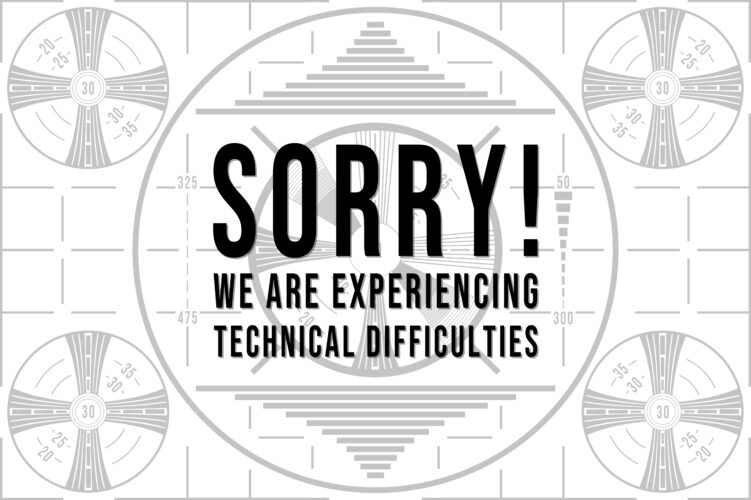
Blind spots: Our over reliance on technology creates more obstacles then necessary
By Shawn Casemore
Digital Transformation Leadership People and Skills
Photo: Yevhen Lahunov / iStock / Getty Images Plus
Several weeks ago, while driving to visit a client in New York, I stopped briefly to gas up my car.
As I approached the pumps, I realized that the only pump available was on the wrong side compared to my car’s fuel door. Not wanting to wait, I decided to reverse into the parking spot to position my fuel door directly next to the gas pump.
As you might imagine, this is a maneuver I’ve done hundreds of times. However, this time, I decided that rather than look over my shoulder to reverse to the pump (how we did it in “the old days”), it would be wise to use the reverse camera displayed on my dash to guide my car.
Like many cars today, mine offers a 360-degree view of the vehicle while parking, amongst several other images, resulting in multiple perspectives and angles of your vehicle and its surroundings on the screen, all at the same time.
Usually, this would be fine, as I would select the image to focus my attention on, then reverse; however, on this day, I was in a hurry. My brief shoulder check didn’t amount to anything noticeably out of place, as my car has two rather large pillars on either side of the rear window, both of which create a significant blind spot when reversing.
Unfortunately, it wasn’t evident, despite the multiple images on my screen, that my car was about one-inch from the curb, and as I reversed slowly, a loud scraping noise coming from the rear of the vehicle. You might think I immediately stopped; however, it took a moment for the sound to register, resulting in an enormous scrape covering about half of the circumference of my rear driver-side wheel.
Despite all the technology, lane correction, multiple view cameras, sensors, and all, it only took about 30 seconds to ruin a perfectly good, and likely expensive to replace, wheel.
The error, of course, was mine, and in retrospect had I spent more time doing a shoulder check, I would have realized how close I was to the curb on the one side of my vehicle.
Reflecting on my stupidity during the remainder of my drive, it struck me that my overreliance on technology, rather than using technology to aid in what I already know works, is a pitfall that many CEOs and executives fall prey to.
One of the most common examples, is the expectation that technology in manufacturing produces quality outputs with very few (if any) quality inputs.
For example, transitioning to a new CRM (customer relationship management) software can be costly; however, with built-in AI, many of today’s CRM software can not only prompt a salesperson to follow up with a prospect or client but it can also recommend what to say when they do follow up.
The reporting features included as part of most ERP (enterprise resource management) software today include highly accurate forecasting features, which can help to manage inventory lead times and costs.
Many technology companies can easily connect to the most ancient production equipment and capture valuable information, including uptime, downtime, and predictive maintenance needs.

Photo: shaunl / iStock / Getty Images Plus
All this technology can be alluring. However, a significant blind spot is known but rarely discussed. Lack of access to quality inputs and historical information directly results in a lack of quality outputs and desired outcomes.
In my latest book, I discuss five steps to selecting software that supports your sales team’s productivity and outputs. The same steps apply to the adoption of any technology, as follows:
1. Define your current objective (i.e., improving your sales team’s timeliness in following up with prospects).
2. Identify software options that:
-Have a strong reputation in your industry or sector.
-Support or enhance your existing processes.
-Have satisfied users who can verify functionality and benefits.
-Integrate well with other critical software and Technology.
3. Identify a pilot or test of the software with a small group of your team that are typically early adopters.
4. Share the results of the pilot (as it progresses) with your team (if it goes well, this will help with broad adoption).
5. Only move forward with technology your team is satisfied with and meets the criteria above.
Don’t let the allure of technology like AI create blind spots that will impact your ability to achieve your desired outcomes. Take your time to select the right technology, and expect to invest a significant amount of time, not just money, to ensure you achieve your desired outcomes.
If done correctly, you will not only arrive at your desired destination but also avoid hitting any obstacles (like a curb) along the way.
